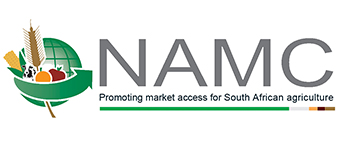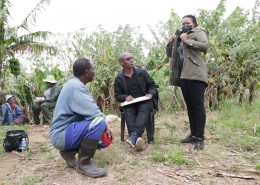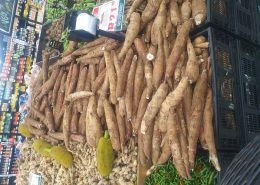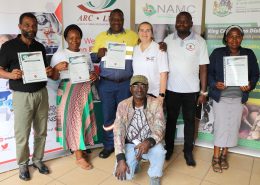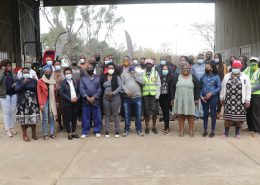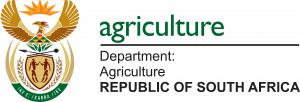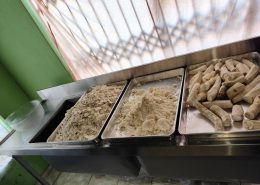
STAKEHOLDER ENGAGEMENTS

This section provides insights into stakeholder engagements held during the implementation of the project.
News
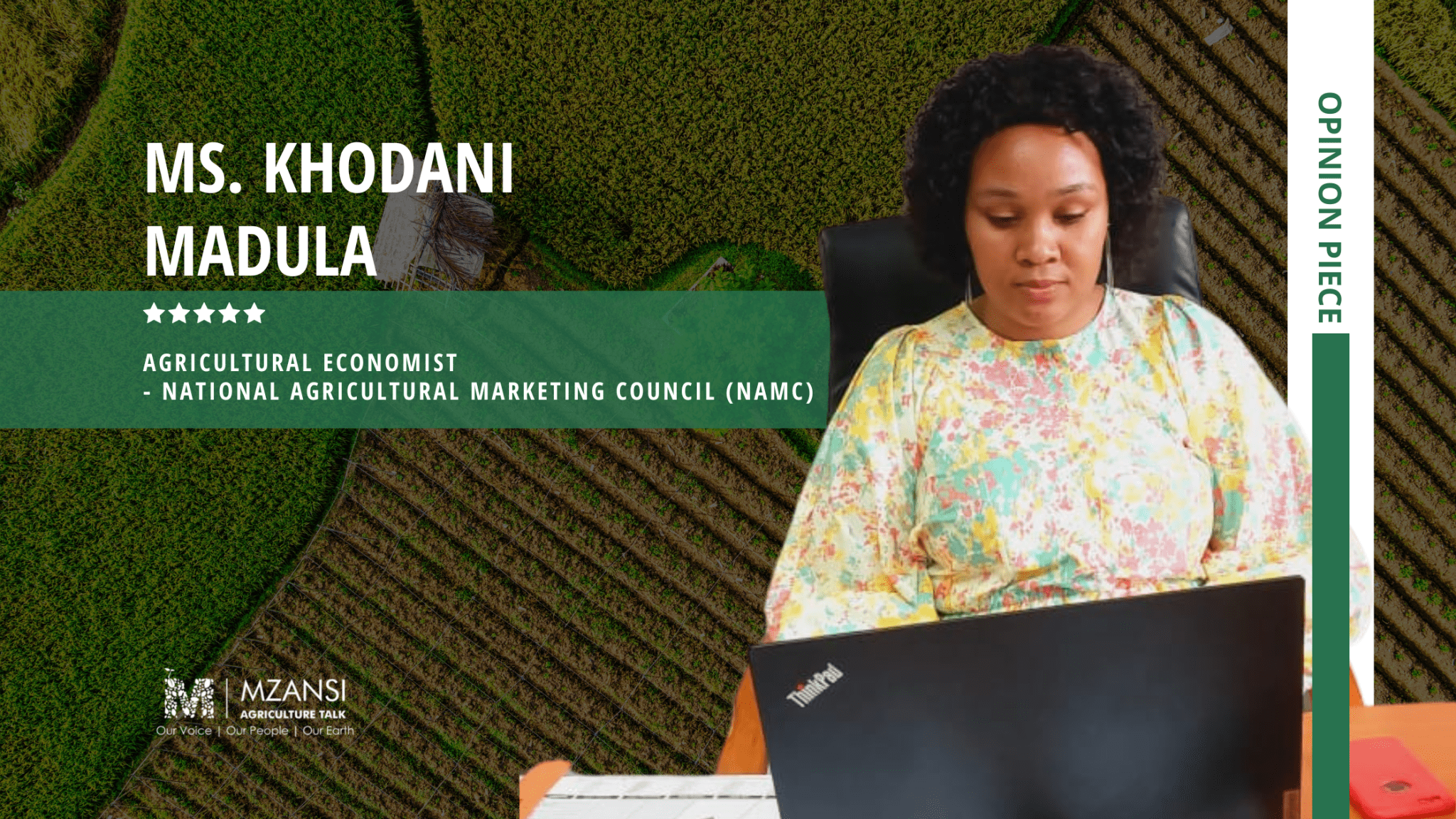
Growing cassava in South Africa – a crop for livelihood and food security
Food self-sufficiency and food security has long been an important objective of agricultural and rural development in South Africa. Section 27 of the Constitution of South Africa (Act No.108 of 1996) stipulates that everyone has the right to have access to sufficient food and water (S. 27(1)(b)) and that the state must take reasonable legislative and other measures, within its available resources, to achieve the progressive realization of this right (S. 27(2)). In an attempt to realise this constitutional imperative, the government of South Africa through the Department of Agriculture, Land Reform and Rural Development (DALRRD) developed the Integrated Food Security Strategy for South Africa (IFSS) (DALRRD, 2002).
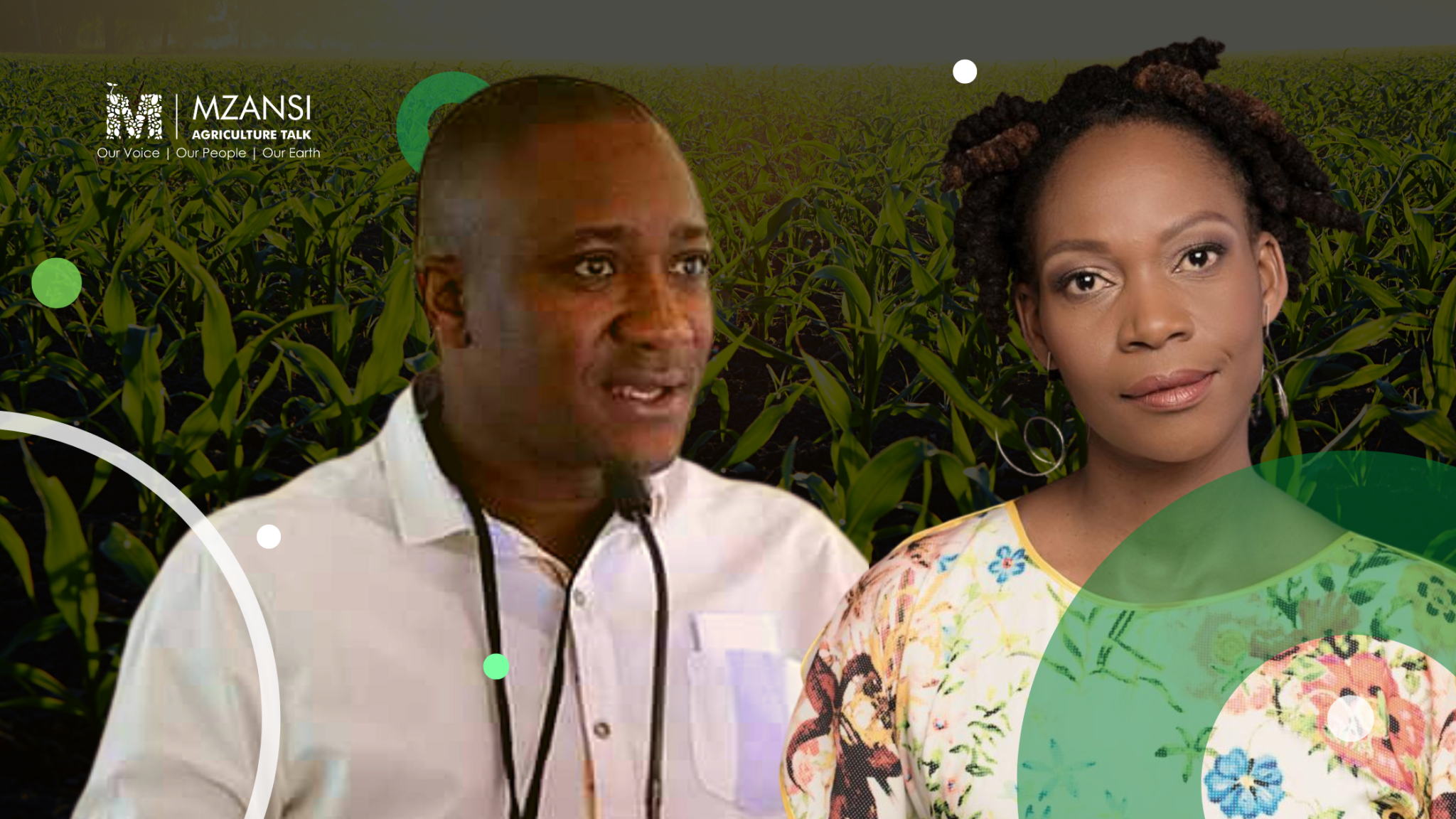
Why South Africa’s crop sub-sector must diversify: A sub-sector deconcentration perspective
For the South African economy to address the prevailing tripple burden of high unemployment (over 30%), poverty (income inequality) and food insecurity (at household level), while at the same time working towards deconcentrating the agricultural sector, there is an urgent need to invest more in, and to promote under-utilised and under-developed value chains. For instance, new value chains (cassava, cowpea, bambara groundnut or amadumbi) present an opportunity for new entrants to participate in the multiplication and distribution of phytosanitory approved planting materials within local communities, especially if the distribution rights are not limited to a handful of market participants.

How cassava can change the high feed cost burden in South Africa’s livestock sector
Cassava is a root vegetable with numerous uses both as food or a raw material for industrial purposes. From the animal feed perspective, cassava has been proven to be a cheaper and viable alternative that can replace maize at varying combinations without deleterious effects on both production and performance of livestock. Whereas no known empirical studies have been conducted in South Africa, rural communities in cassava producing communities of South Africa use cassava leaves, stems tubers & pellets to feed animals. Furthermore, existing evidence from other African countries presents opportunities to explore and learn some lessons. For instance, cassava has been successfully used in Ghana...
FUNDED THROUGH THE AGRICULTURAL BIO-ECONOMY INNOVATION PARTNERSHIP PROGRAMME (ABIPP)
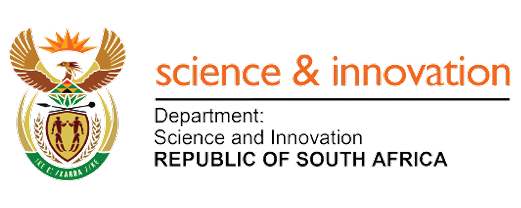
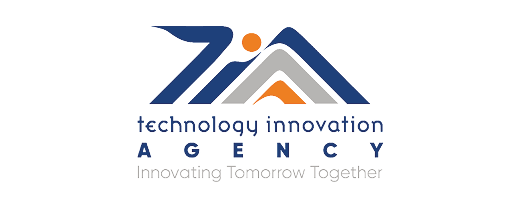
Contact the NAMC
Call (012) 341 1115
Hillcrest Office Park, 177 Dyer Road, Barbet Place, Ground Floor, Hillcrest, Pretoria, 0083.
info@namc.co.za (Communications Contact) | media@namc.co.za (Media inquiries)
